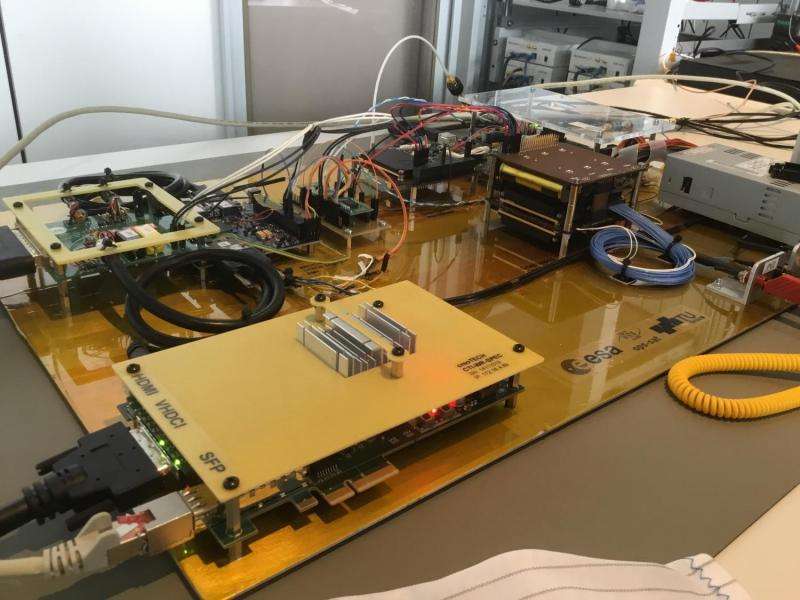Tiny sat, big ambitions

Traditionally, it has been very difficult to perform live, in-flight testing of newly developed software for satellites. No one wants to take any risk with an existing, valuable satellite, so it there are only limited opportunities to test new procedures, techniques or systems in orbit.
ESA's new cubesat, dubbed 'OPS-SAT,' will help solve this.
It's a small, low-cost and extremely robust platform that will enable a wide community of industry, research labs, academia and even individual developers to test their software and tools in orbit.
It consists of a satellite that is only 30cm high but that contains an experimental computer that is ten times more powerful than any current ESA spacecraft.
This week, the engineering model of OPS-SAT, seen on a test bench in this photo, was connected to its control system at ESA's ESOC mission control centre for the first time. Both spacecraft and the ground system are using innovative new protocols to inter-communicate and both will now undergo an extensive testing and validation campaign.
The flight model is expected to be ready for launch in 2018.
Provided by European Space Agency





















